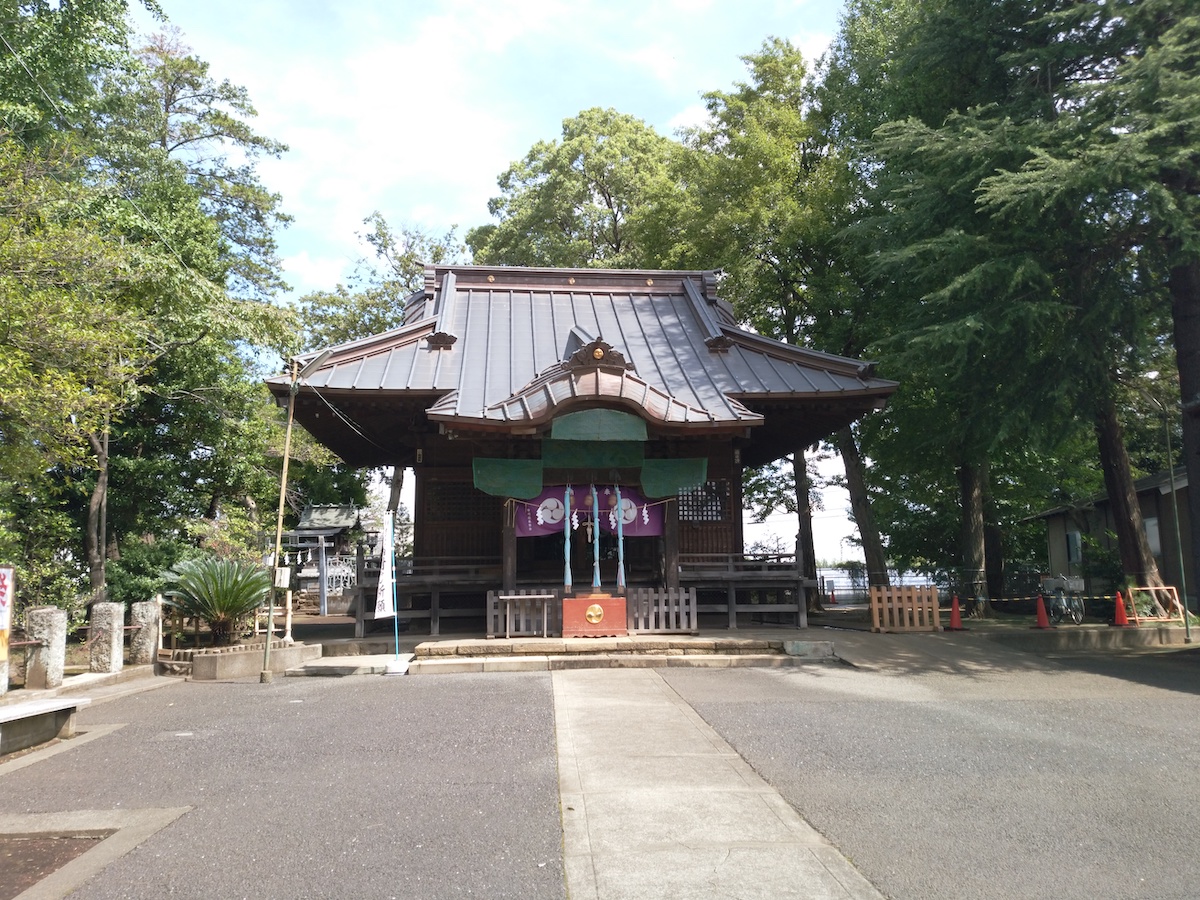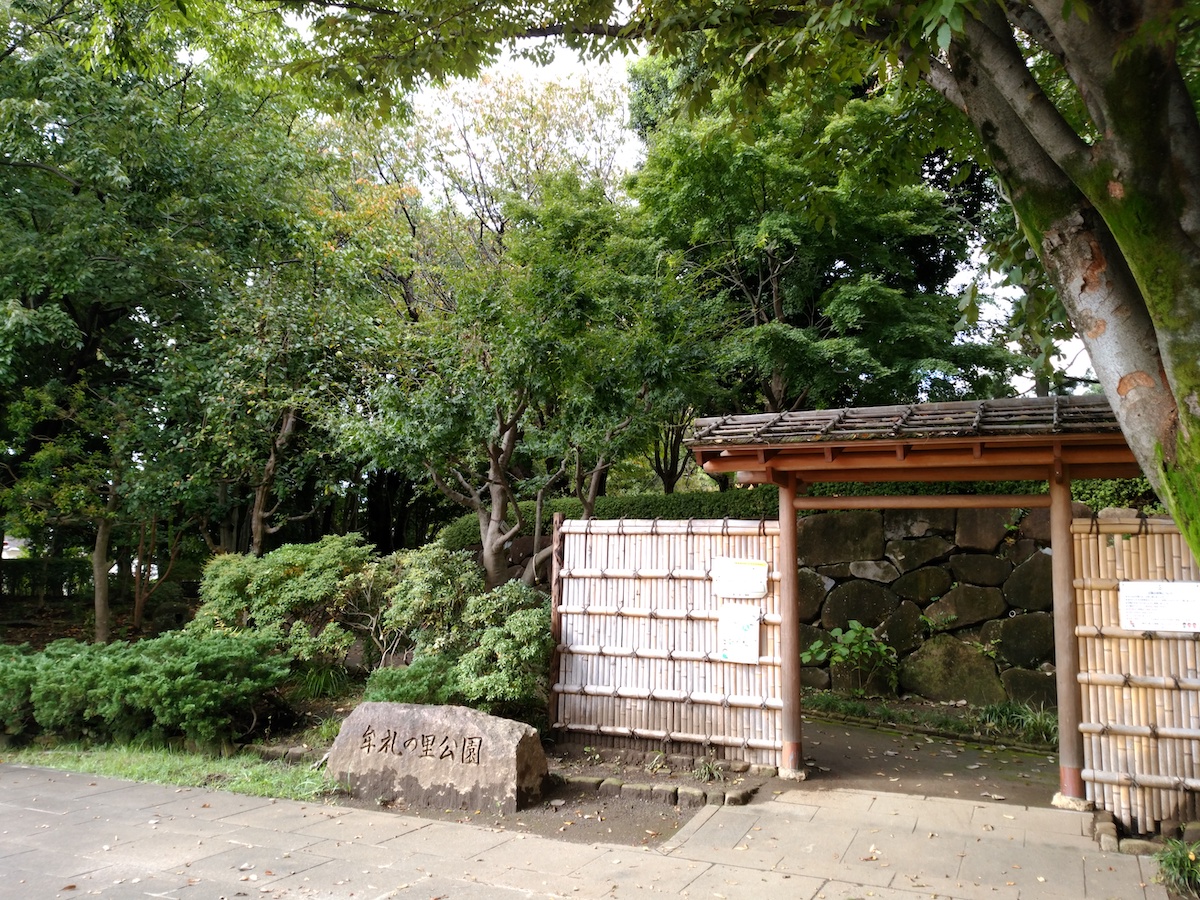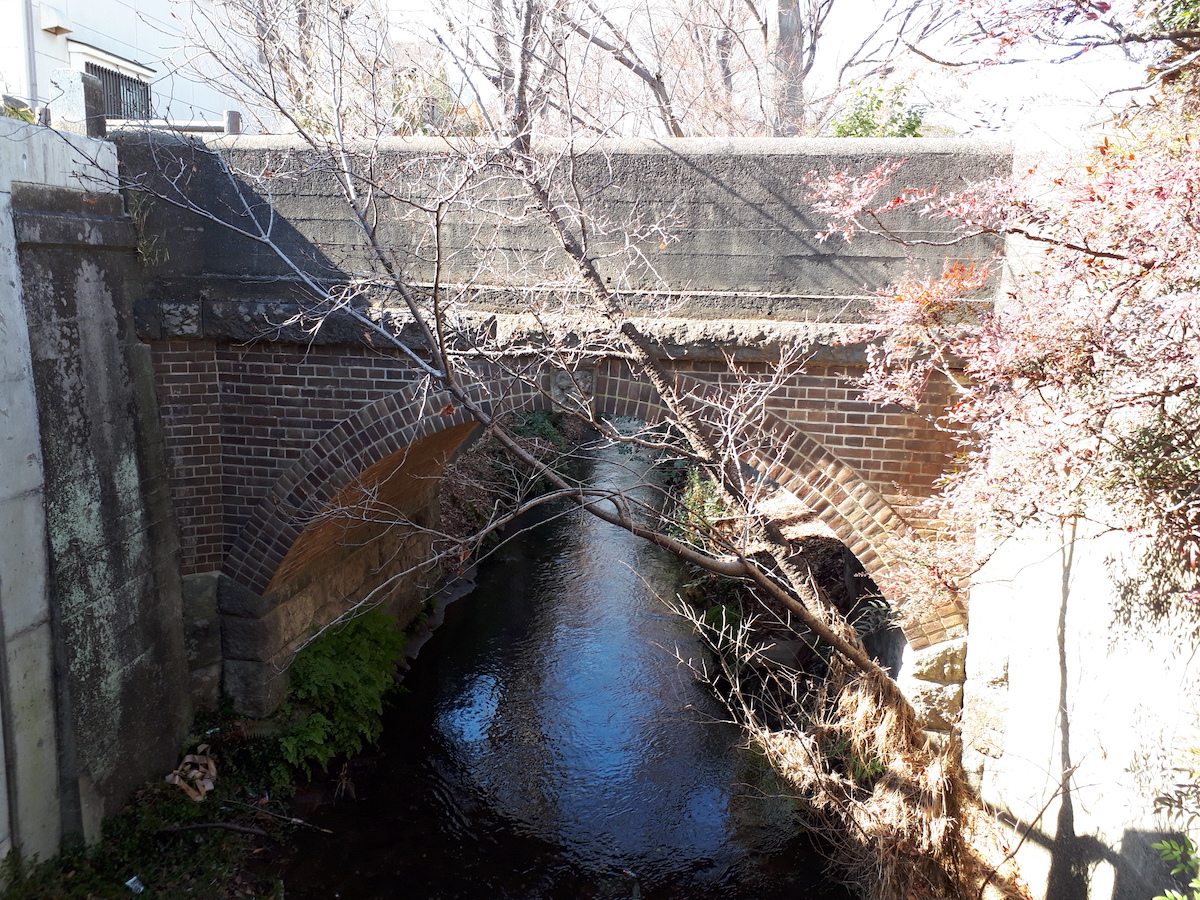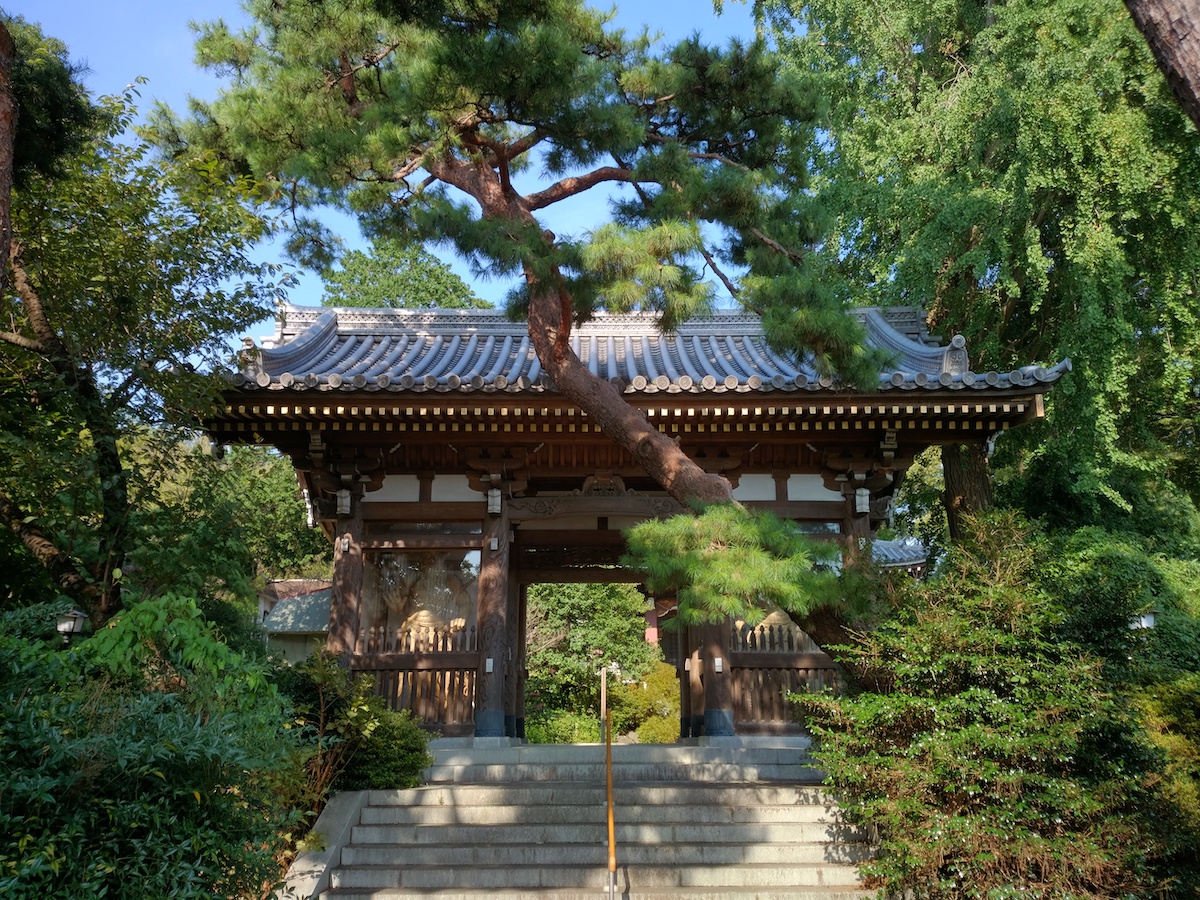Course images can be enlarged.

Map image can be enlarged

Trace the headwaters of the Kanda River
The Kanda River starts from the Suimon Bridge over Inokashira Pond and joins the Zempukuji and Myoshoji Rivers before emptying into the Sumida River. The area upstream to the Yuhayake Bridge is a waterfront area where the scenery is preserved. It is also recommended to go around Inokashira Pond and visit Ochanomizu (see Area 4), one of the former springs.
Tamagawa-josui, a waterway overflowing with greenery, and the town where Rofu Miki, the author of the children’s song “Akatombo”, lived.
Tamagawa Josui, which was developed as a water supply system for Edo (Tokyo), runs through the northern part of the city, passing the border with Musashino City, and flows through Inokashira Onshi Park before exiting to the eastern part of the city. Rofu Miki, who wrote the lyrics to the children’s song “Akatombo” (Red Dragonfly), settled in Mitaka Village not far from Tamagawa Josui in 1928 (Showa 3). At that time, the area in front of his house was an area of Mure rice paddies, and the Mure water supply, diverted from the Tamagawa Josui, flowed between the rice paddies. It is said that Rofu enjoyed his walks while reminiscing about his hometown, Tatsuno. In 2001, a sister city affiliation was established with the former Tatsuno City (now Tatsuno City), Rofu’s birthplace.
1 Former residence of Miki Rofu

Rofu named his newly built house “Enkasoso” after a castle in his hometown of Tatsuno-cho, which was called Kasumi Castle. The house has now been rebuilt, but the pine tree planted by the entrance can still be seen today.
2 Mure-shinmeisha Shrine

It is said that the shrine was established in 1537 when Tsunatane Takahashi, a vassal of the Odawara Hojo clan, took up a position on Mure Hill against the Uesugi family’s Jindaiji Castle and enshrined Shiba Daijingu for the protection of the shrine grounds. The deity enshrined at the shrine is Amaterasu. In the precincts of the shrine, there is a monument in honor of Teinosuke Takahashi, who devoted himself to elementary school education in Mitaka Village in the early Meiji period.
3 Murenosato Park

Located at the highest elevation among the city’s parks, the southwest-facing slope with a view of Mt. The park is a natural garden in the style of a farmer’s garden, with a plum grove, bamboo grove, chestnut grove, and mosses growing wild. The park is the center of “Mure-no-sato,” where the agricultural landscape that has been left behind in the midst of urbanization spreads out.
4 Taiseiji Branch Temple (Grave of Miki Rofu)

5 Hana to Midori no Hiroba (Flowers and Greenery Plaza)

It is open to the public as a base for exchange and a place to see and be seen through greenery, promoting the creation of a town of flowers and greenery. The plaza offers an area for volunteers to work, a lawn park, and a flower garden where visitors can enjoy themselves while interacting with flowers and greenery, including a flower garden where they can plant seeds from scratch.
9:00~17:00 (November~February: closed at 16:30)
Closed:Year-end and New Year holidays
☎ 0422-57-3704
6 Dondonbashi Bridge (former Murebashi Bridge)

This brick arch bridge spans the downstream section of the Tamagawa Josui River that flows through Mitaka City. In the past, the water volume in the Tamagawa Josui was higher than now, and the bridge was commonly called “Dodonbashi” (bridge of rapid flow) due to the sound of its violent current. Nearby stands a monument dedicated to the construction of the stone bridge (dated 1757) and a stone monument dedicated to the bridge (date of construction unknown). The “Monument to the Erection of the Stone Bridge” states that the bridge was replaced in 1797 and again in 1849.
7 Shimpukuji Temple

In 1573, Zentokuin Nichiei Shonin opened Shinpukuji Temple, a Nichiren Shu temple. In the early Meiji period (1868-1912), Takahashi Teinosuke, who later served as the first principal of Higashi Mitaka Jinjo High School, spent a year or so here educating village children. Beside the main hall of the temple, there is an incense burner hall dedicated to the spirit of a nun named Shakumiya, who was effective in treating whooping cough and easy childbirth.
- Area1 The Neighborhood of JR Mitaka Station
- Area2 Ghibli Museum, Mitaka and Mitaka City Yuzo Yamamoto Memorial Museum
- Area3 Historic Footsteps of the Japanese Author, Dazai
- Area4 Inokashira Onshi Park and Inokashira Nature Garden
- Area5 The Middle Eastern Cultural Center in Japan, and ICU Hachiro Yuasa Memorial Museum |Kondo Isami / Village of Osawa
- Area6 National Astronomical Observatory of Japan, Mitaka Campus, and Mitaka Picture Book House in the Astronomical Observatory Forest|Jindai Botanical Gardens, and Jindaiji
- Area7 Historic Site: Katsubuchi-Jinja
- Area8 Kanda River Headwaters|Tamagawa Aqueduct / Town Where Miki Rofu Resided
- TOP PAGE